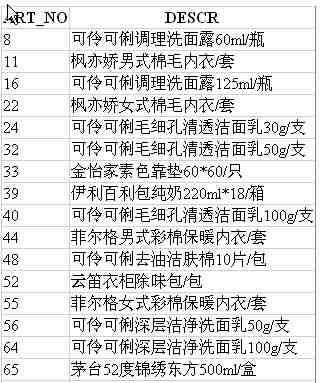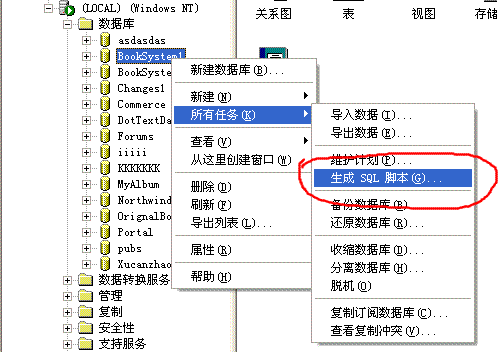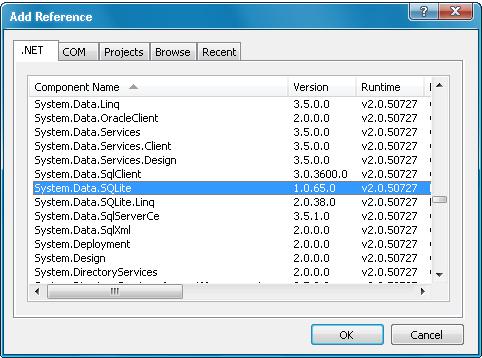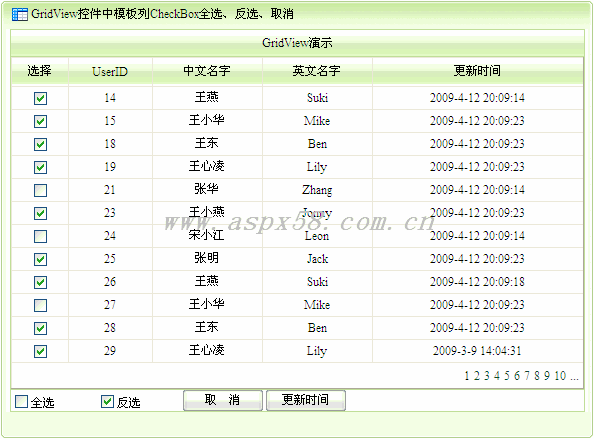|
|
注:@pageindex 數(shù)據(jù)頁的索引,@dataperpage 每頁的記錄數(shù)目,@howmanyrecords 用來獲取總的記錄數(shù).
復(fù)制代碼 代碼如下:
create proc getdata @pageindex int,@dataperpage int,@howmanyrecords int output
as
declare @temptable table
(
rowindex int,
emp_id char(9),
fname varchar(20),
minit char(1),
lname varchar(30)
)
insert into @temptable
select row_number() over(order by emp_id) as rowindex,emp_id,fname,minit,lname
from employee
select @howmanyrecords=count(rowindex) from @temptable
select * from @temptable
where rowindex>(@pageindex-1)*@dataperpage
and rowindex<=@pageindex*@dataperpage
declare @howmanyrecords int
exec getdata 2,5,@howmanyrecords output
select @howmanyrecords
declare @x int, @y int, @z int
select @x = 1, @y = 2, @z=3
select @x,@y,@z
create proc getdata2 @pageindex int,@dataperpage int,@howmanyrecords int output
as
declare @temptable table
(
rowindex int,
emp_id char(9),
fname varchar(20),
minit char(1),
lname varchar(30)
)
insert into @temptable
select row_number() over(order by emp_id) as rowindex,emp_id,fname,minit,lname
from employee
select @howmanyrecords=count(rowindex) from @temptable
select * from @temptable
where rowindex>(@pageindex-1)*@dataperpage
and rowindex<=@pageindex*@dataperpage
其中Row_number 函數(shù)可以給檢索來的每條記錄按照排序來編號.
接下來你就可以在ASP.NET 網(wǎng)頁后臺代碼中調(diào)用該存儲過程,就可以獲取想要的數(shù)據(jù).
AspNet技術(shù):asp.net 數(shù)據(jù)訪問層 存儲過程分頁語句,轉(zhuǎn)載需保留來源!
鄭重聲明:本文版權(quán)歸原作者所有,轉(zhuǎn)載文章僅為傳播更多信息之目的,如作者信息標(biāo)記有誤,請第一時間聯(lián)系我們修改或刪除,多謝。



